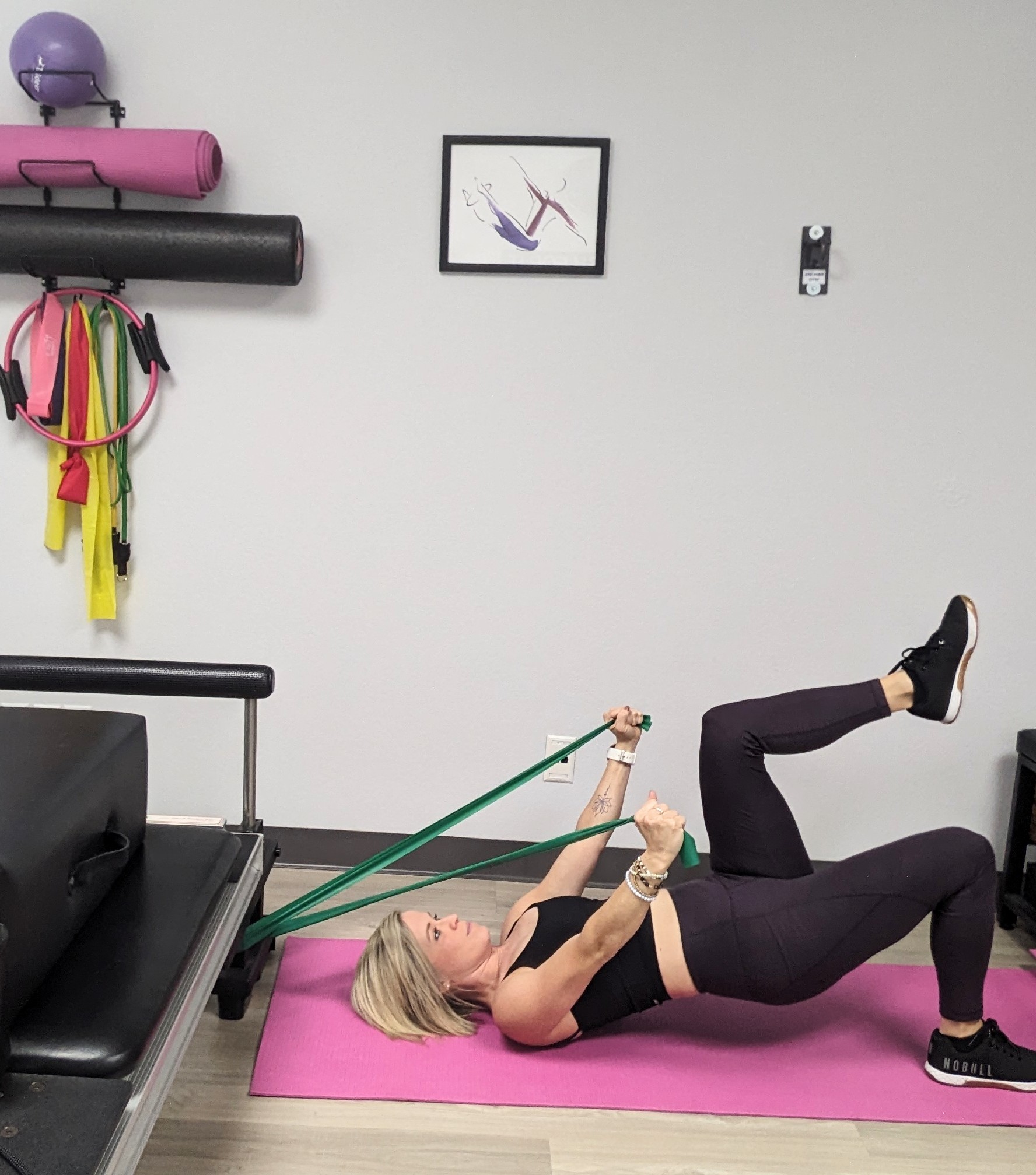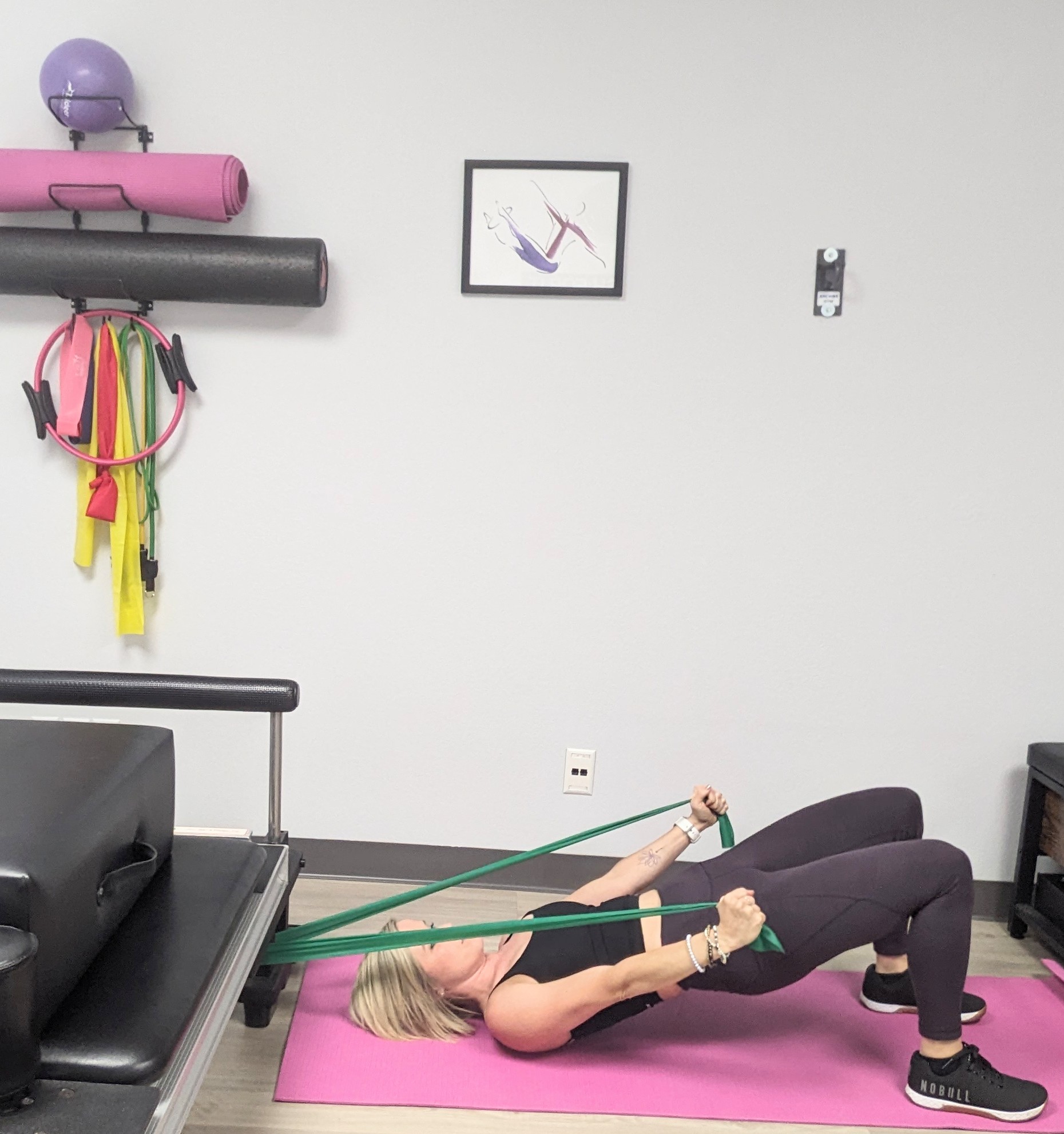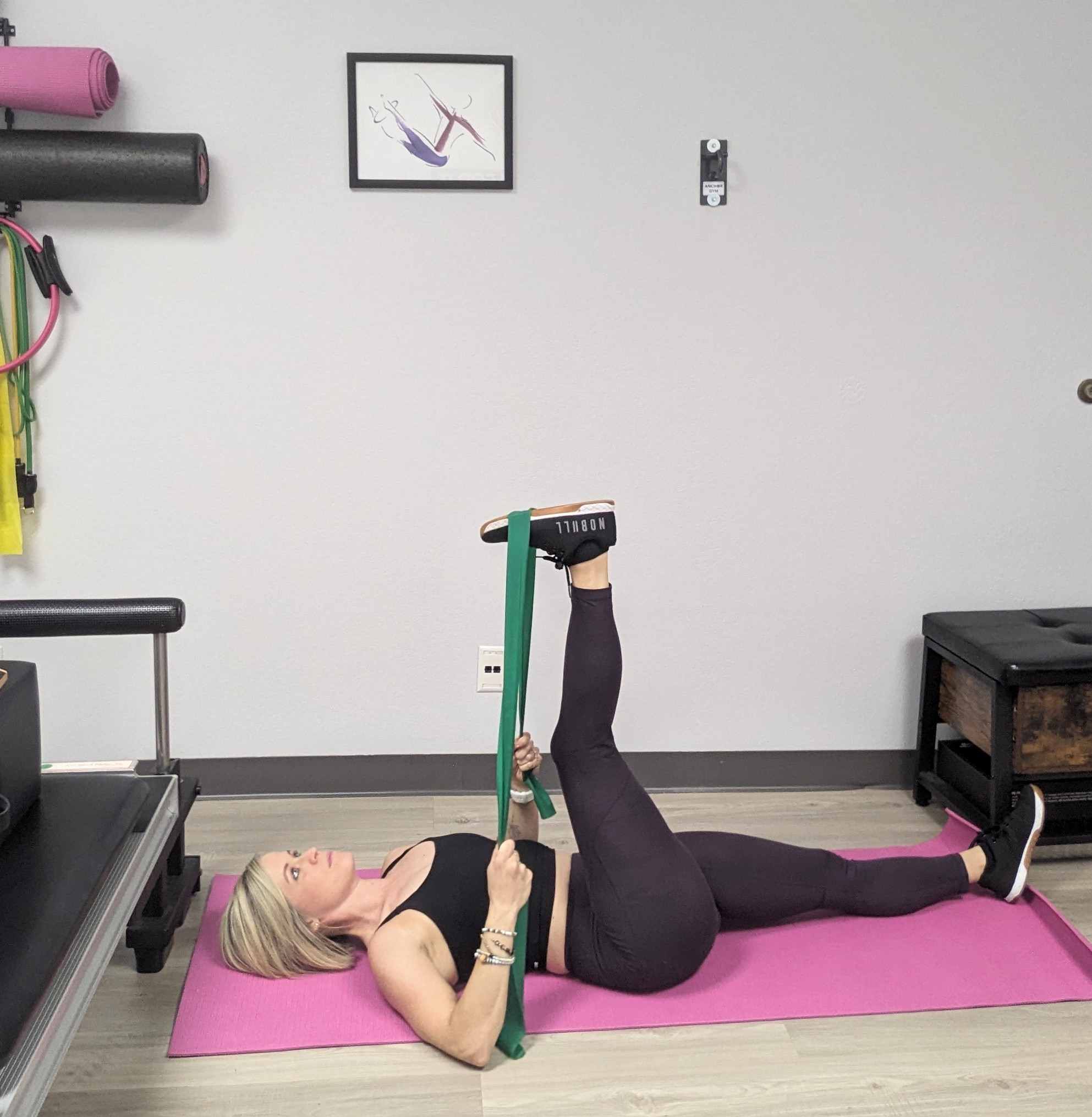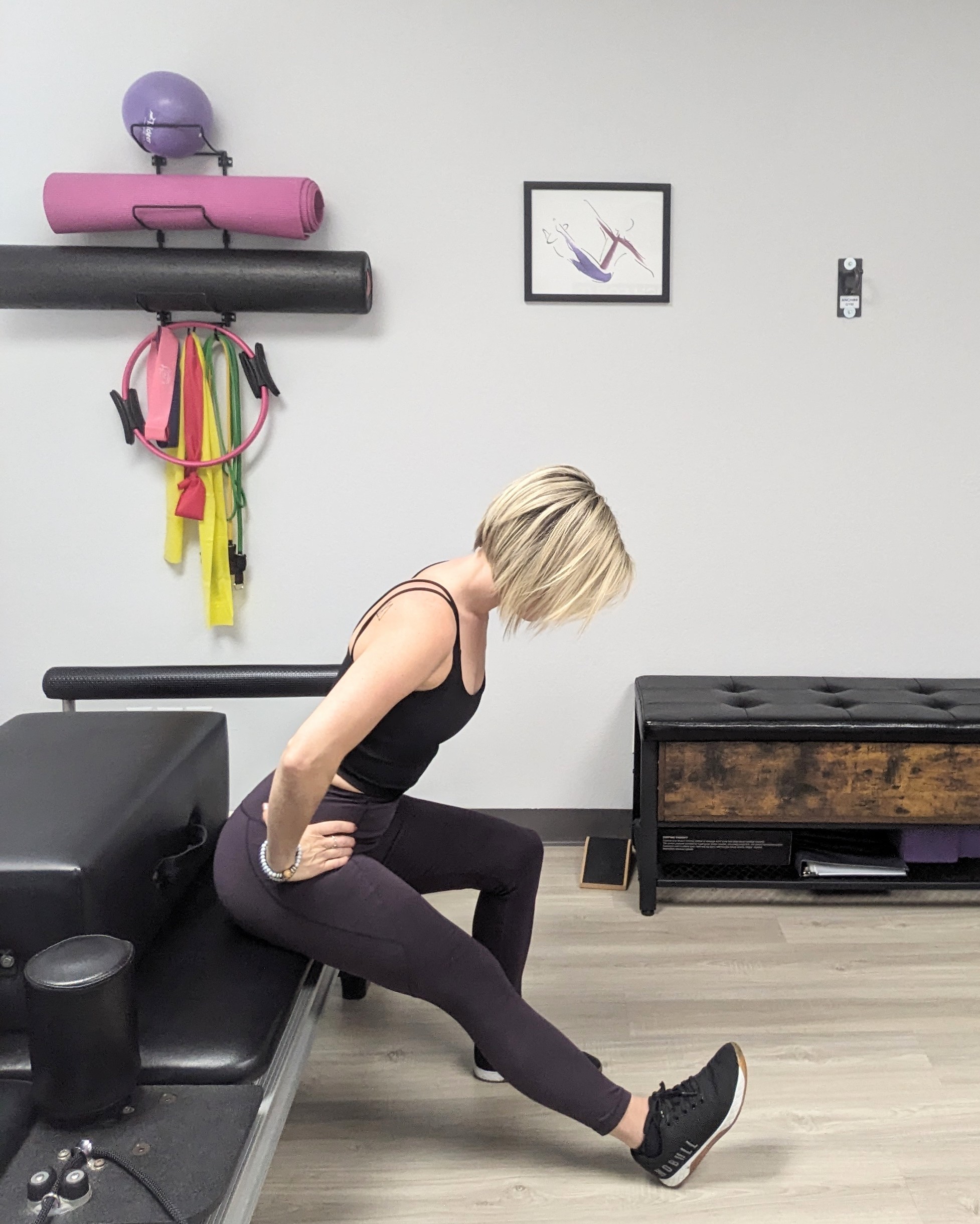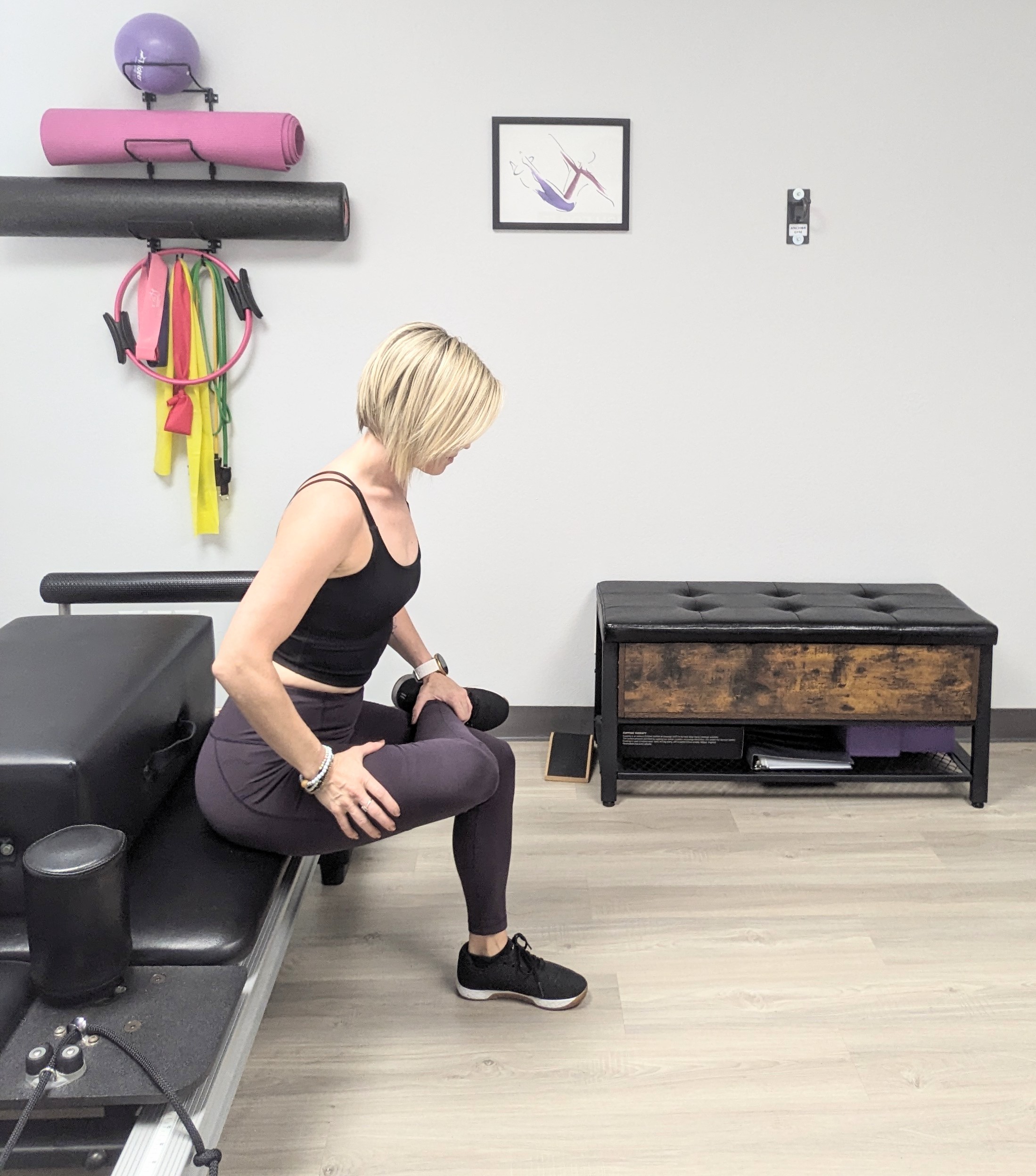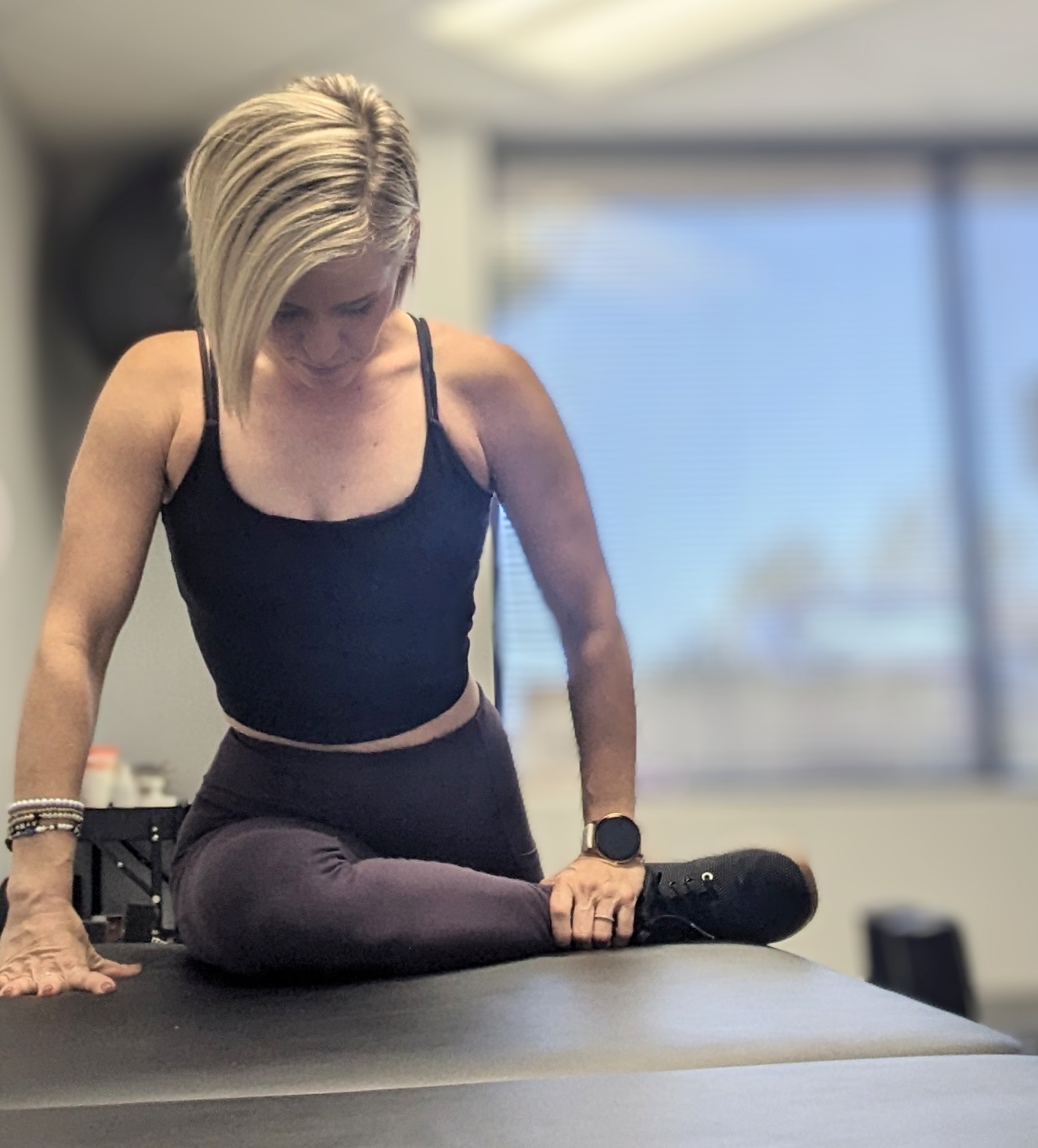Pelvic pain is very common during pregnancy with prevalence as high as 50% in women. Even more shocking is a statistic I read that said "1 in 4 who develop pelvic girdle pain in pregnancy will develop chronic postpartum pain."
As a pelvic floor physical therapist, I have been able to help treat tons of amazing women over the years who have suffered from pregnancy-related pelvic pain. I am especially passionate about wanting to share my knowledge on this topic and treating these conditions after experiencing my own share of pelvic pain during my pregnancy.
One of the more common pelvic pain conditions we see during pregnancy is sacroiliac joint pain. These joints are located at the back of the pelvis and they connect the sacrum to the pelvis.
Outside of pregnancy, they are generally very stable joints, but we do see a small degree more movement in these joints in women than men, especially during pregnancy. The onset of pain around this area is often seen starting after 12-16 weeks when the body starts releasing relaxin hormone to allow the hips and pelvis to start widening.
This hormone creates laxity around the joints to allow them to have more mobility to allow for the baby to have space to move into the pelvis during labor.
This can make the pelvis have more motion between each side of the pelvis and create a feeling of instability, especially if there are underlying muscle weaknesses and imbalances.
Symptoms of SIJ-associated pain can be one-sided lower back and pelvis pain, deep aching or intense pain near the buttocks or top of the pelvis, a feeling of instability or catching and clicking around the lower back near your PSIS( the little dips near the lower back at top of sacral base). Often people will complain of difficulty standing for long periods, pain with getting dressed such as putting shoes and socks on, painful walking, and pain with going up and down the stairs.
PT advice and exercises for treating SIJ pain.
➡After around 16 weeks try to focus on exercises that work both extremities evenly such as and support the muscles that help stabilize the pelvis.
Reduce unilateral-type exercises such as deep lunges, split squats and step-ups, and single-leg RDLs.
➡Building strength in the gluteals,latissimus dorsi, and deep hip stabilizing muscles is huge for helping to reduce SIJ pain during pregnancy. During pregnancy, we usually see that the SIJ issues are normally more so due to underlying weakness vs. lack of mobility at the joint. The muscles around the joint can often feel tight or spasm due to wanting to help stabilize this joint.
Other nonexercise-related tips:
- Try not to sit with legs crossed, and both feet on the ground to avoid rotation through the pelvis.
- Sleep with a pillow between knees to reduce rotation strain to the top side of the pelvis while sleeping.
- Lift with both legs avoid single-leg golfers type of movement when picking up things from the floor.
- Try an SIJ belt to help compress and keep the pelvis more stable.
I like the Serola belt and the Dianne Lee compressor belt
Strength exercises examples:( add pictures below each one)
- Double-leg glute bridges with band pull-downs.
Anchor a band behind you by tying onto a sturdy piece of furniture or using a theraband door anchor and closing in a door. You will want to have it be slightly higher so it's angled as you pull down on it.
Start on your back feet shoulder-width apart. Exhale as you push up into a glute bridge position and then pull down on the bands and bring them by your side towards the floor.
Slowly lower your body back down and arms to the overhead starting position.
Tips: exhale as you lift and gently engage your lower abs. You should not be arching through your lower back. Reduce the height of the lift if you have back pain.
- Can progress to a single-leg bridge march as long as you don't have pain.
- Bridge up then move into a marching position with one hip at a time. Try to keep your pelvis level and avoid excessive rotation through the hips.
Stretching ideas for SIJ pain.
Glute/hips: ( add pictures below each one)
1) Piriformis stretches: standing at a table or seated.
2)Hamstring stretch seated hinge or on the back with a yoga strap.
-Hold each stretch for 15-30 seconds, repeat 3x.
Tips: These are safe to do daily. Discontinue if you have pain.
Reach out today if you would like a free consultation for advice on addressing any pelvic pain symptoms you may be experiencing. This is not intended as formal physical therapy advice. Reach out to your local PT if your symptoms do not improve with self-care.
Heather Gibson Doctor of Physical Therapy
Gibson Body Wellness
Women's health pelvic floor
Remote and in-office services
References for statistics on pelvic pain:
Gutke, 2006
Ostgarrd et al, 91


